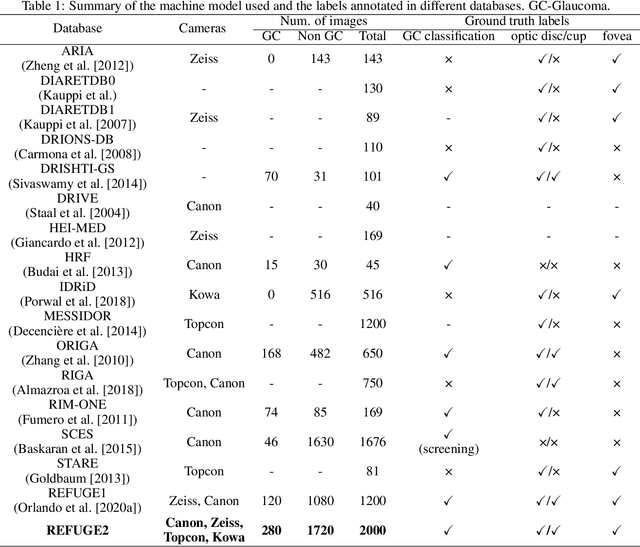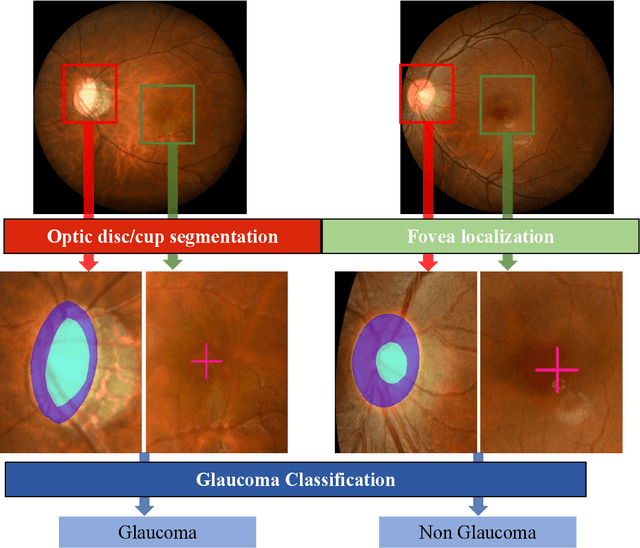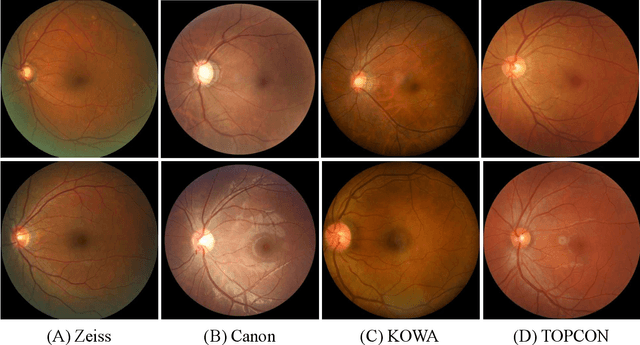Yating Zhou
ROC Analysis with Covariate Adjustment Using Neural Network Models: Evaluating the Role of Age in the Physical Activity-Mortality Association
Oct 16, 2025Abstract:The receiver operating characteristic (ROC) curve and its summary measure, the Area Under the Curve (AUC), are well-established tools for evaluating the efficacy of biomarkers in biomedical studies. Compared to the traditional ROC curve, the covariate-adjusted ROC curve allows for individual evaluation of the biomarker. However, the use of machine learning models has rarely been explored in this context, despite their potential to develop more powerful and sophisticated approaches for biomarker evaluation. The goal of this paper is to propose a framework for neural network-based covariate-adjusted ROC modeling that allows flexible and nonlinear evaluation of the effectiveness of a biomarker to discriminate between two reference populations. The finite-sample performance of our method is investigated through extensive simulation tests under varying dependency structures between biomarkers, covariates, and referenced populations. The methodology is further illustrated in a clinically case study that assesses daily physical activity - measured as total activity time (TAC), a proxy for daily step count-as a biomarker to predict mortality at three, five and eight years. Analyzes stratified by sex and adjusted for age and BMI reveal distinct covariate effects on mortality outcomes. These results underscore the importance of covariate-adjusted modeling in biomarker evaluation and highlight TAC's potential as a functional capacity biomarker based on specific individual characteristics.
REFUGE2 Challenge: Treasure for Multi-Domain Learning in Glaucoma Assessment
Feb 24, 2022



Abstract:Glaucoma is the second leading cause of blindness and is the leading cause of irreversible blindness disease in the world. Early screening for glaucoma in the population is significant. Color fundus photography is the most cost effective imaging modality to screen for ocular diseases. Deep learning network is often used in color fundus image analysis due to its powful feature extraction capability. However, the model training of deep learning method needs a large amount of data, and the distribution of data should be abundant for the robustness of model performance. To promote the research of deep learning in color fundus photography and help researchers further explore the clinical application signification of AI technology, we held a REFUGE2 challenge. This challenge released 2,000 color fundus images of four models, including Zeiss, Canon, Kowa and Topcon, which can validate the stabilization and generalization of algorithms on multi-domain. Moreover, three sub-tasks were designed in the challenge, including glaucoma classification, cup/optic disc segmentation, and macular fovea localization. These sub-tasks technically cover the three main problems of computer vision and clinicly cover the main researchs of glaucoma diagnosis. Over 1,300 international competitors joined the REFUGE2 challenge, 134 teams submitted more than 3,000 valid preliminary results, and 22 teams reached the final. This article summarizes the methods of some of the finalists and analyzes their results. In particular, we observed that the teams using domain adaptation strategies had high and robust performance on the dataset with multi-domain. This indicates that UDA and other multi-domain related researches will be the trend of deep learning field in the future, and our REFUGE2 datasets will play an important role in these researches.
 Add to Chrome
Add to Chrome Add to Firefox
Add to Firefox Add to Edge
Add to Edge